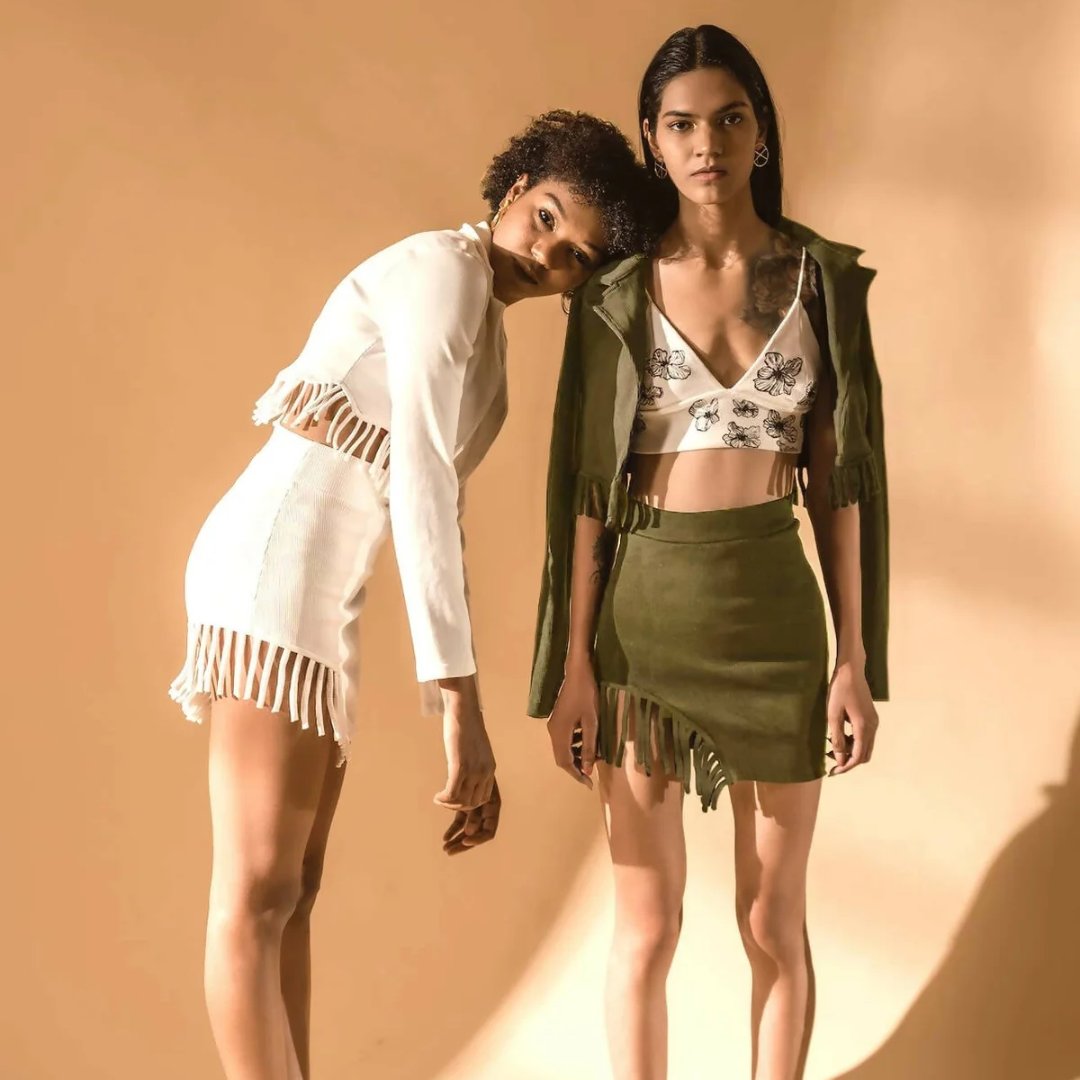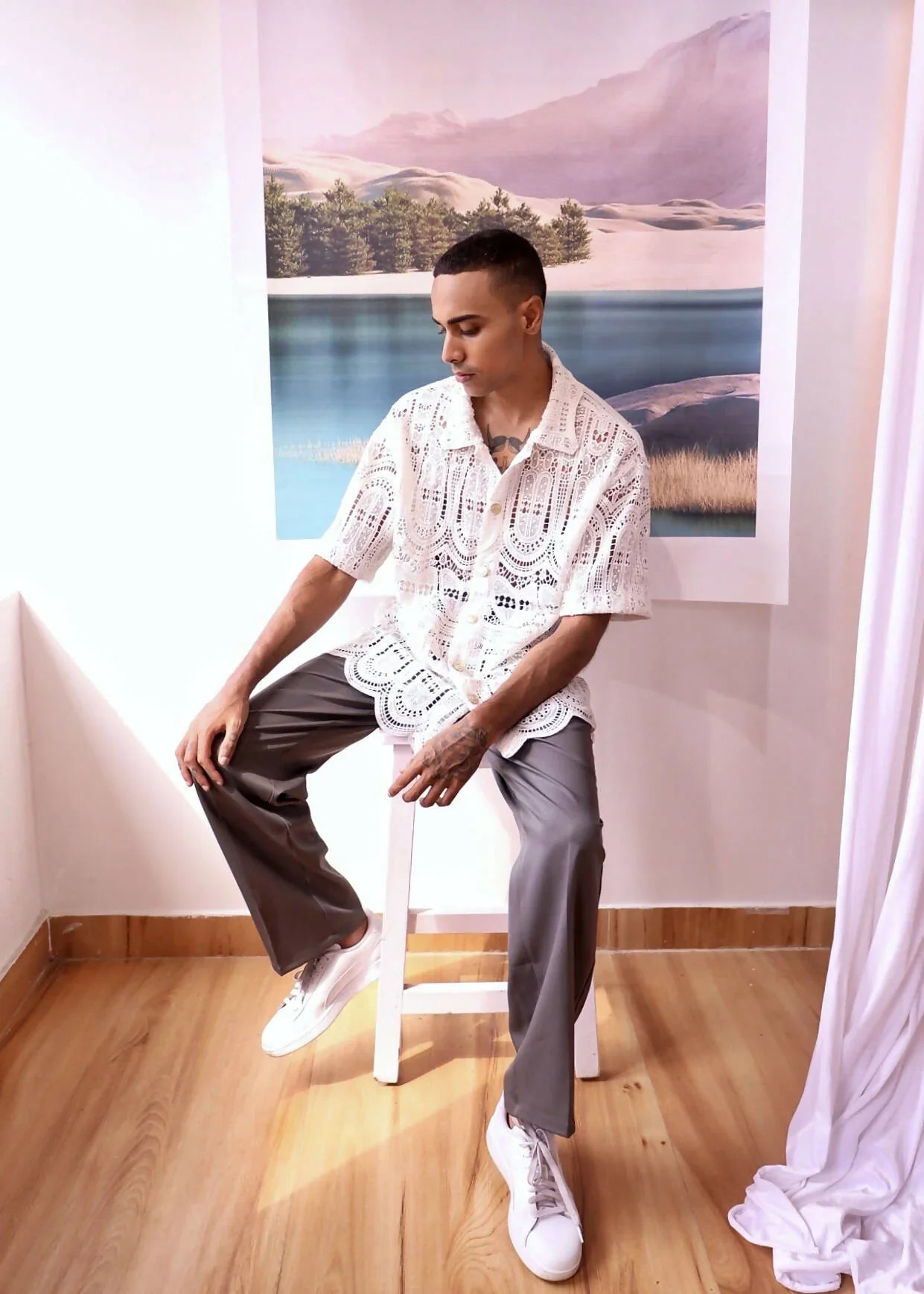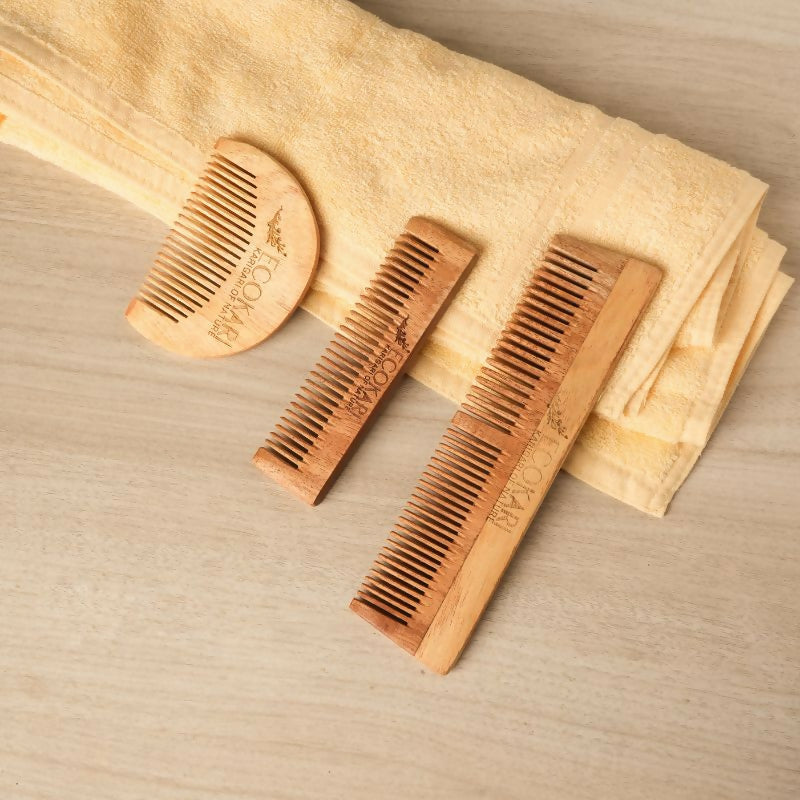Interview with Kavisha Parikh
Patch over patch, as the name suggests utilises patch work techniques to upcycle production surplus into womenswear garments. Founded by Kavisha Parikh, the brand re-invents itself every season by pushing the boundaries of patchwork to create contemporary conscious fashion for the modern woman.
As a designer, she has always been intrigued by the relationship between colour and form - calling herself a visual composer & storyteller.
We had a chance to talk to her about her business & her love for upcycling -
REFASH: How was Patch over Patch born? Tell us a little bit about your background?
Kavisha: I have always been in awe of the compositions formed when colours & textures come together - especially with respect to the diverse fabrics that can be collected as textile waste. So, I decided to solve that puzzle & arrange distinctive colours adjacent to one another to find meaningful design. The constraints of the process called up-cycling inspired me to go more into the depth of it which led to the origin of PatchOverPatch, where we don't believe in seasonal fashion but timeless pieces, originality of ideas & eco-friendly lifestyle.
Aesthetic + ethic (produced ethically) = upcycled
R: Take us through your design process?
K: The process starts with visualising an idea, analysing the local textile waste and further hand selecting the fabrics. Each piece is a curated mix of fabrics and goes through different design cycles. We love exploring new surfaces made using these collected waste fabrics and also from the little pieces of our production waste.
Our packaging is made from the fabric remnants of the menswear tailor shops. The design is such that it can be doubled up as a cushion cover.
R: Where do you usually source your raw materials from?
K: Our approach is to source locally, using Surat's textile waste or Ahmedabad's textile waste. Our fabrics are hand selected from the left over market or from manufacturers. We collect seasoned out fabrics, discarded fabrics, industry waste or tailor scraps.
R: Instead of simply using the conventional patchwork techniques which have always been associated with upcycling, you have been developing more textures as well using the smaller remnants. Tell us more about that.
K: Currently, we are developing a collection of tops by creating new surfaces using smaller remnants. This process involves creating the right composition from the fabric leftovers. It is a mix of layering, quilting, cutting, machine stitching and hand - stitching bits of these fabrics together. Each piece goes through a different design cycle, creating a unique approach. The process is sustainable as there's no use of water soluble plastic to combine the scraps.
R: Tell us about some of the high points of running Patch Over Patch?
K: I started initially by launching the Kimono tops collection with different colour combination of patches on the same pattern. For me colour is the most vital element for a designer to have. What really intrigued me was to see how each person made this kimono their own by pairing it with different outfits. Those outfit revealed the power of colour and individuality. It was a huge success in the market. And so connectively it influences me to go further for the development of my brand.
Shop on Refash
( Left to Right- Charcoal Sara Jacket ; Brick Sara Jacket ; Emerald Sara Jacket )
R: In this era of over consumption, how important & urgent do you think it is for designers to understand that waste is a design flaw.
K: As a designer, one should examine the life cycle of a garment and leave minimal foot print on the environment. And if we don't incorporate a sustainable model to create a garment - not only are we are not designing to its fullest but we are also affecting the environment.
R: How accepting have the consumers been to your products?
K: Now a day’s individuals are very aware about sustainability as it is coming up in every sector. However, they don’t know where to look for such brands. They think that sustainability is a niche market and every individual can’t get access to those labels. And we want to change that perception about sustainability. We believe “ Ethical is affordable”.
R: If you could change one thing about the fashion industry, what would that be?
K: While developing and creating the designs, I realised there is no need to follow the seasonal fashion format, as it doesn’t make me focus on the one style that we are working on or on the quality. We don’t’ believe in seasonal fashion, but timeless creativity and originality of ideas.
R: One thing you’d like the world to know about your brand?
K: Each outfit reveals the power of colour and individuality.
R: Has your relationship with clothing changed as you delve into the world of sustainable fashion?
K: It has changed the way I buy other products. I look for a story behind the product and would be keen to know about the process on how it's made.
R: What according to you is essential to promote the upcycling designers in India?
K: The textile industry is a huge contributor to pollution and to decrease that impact, it is essential for designers to embrace upcycling by using their production waste. And also for the mass manufacturing factories, it would be more feasible if the waste is being used within the industry.
Upcycling seems to be the solution for using textile waste in the fashion industry, as it is more focused on the designer input and the problem is being solved within the same sector.
R: What is your vision for the brand?
K: We have a simple vision to inculcate environmental friendly lifestyle in daily life. We create upcycled lifestyle clothing by experimenting with textile waste, using it as a resource.
“We believe in observation that knowledge comes from tangible experience."
--
Find Patch over Patch products here.
Find her on Instagram.
--
- SHOP THE COLLECTION -








Leave a comment